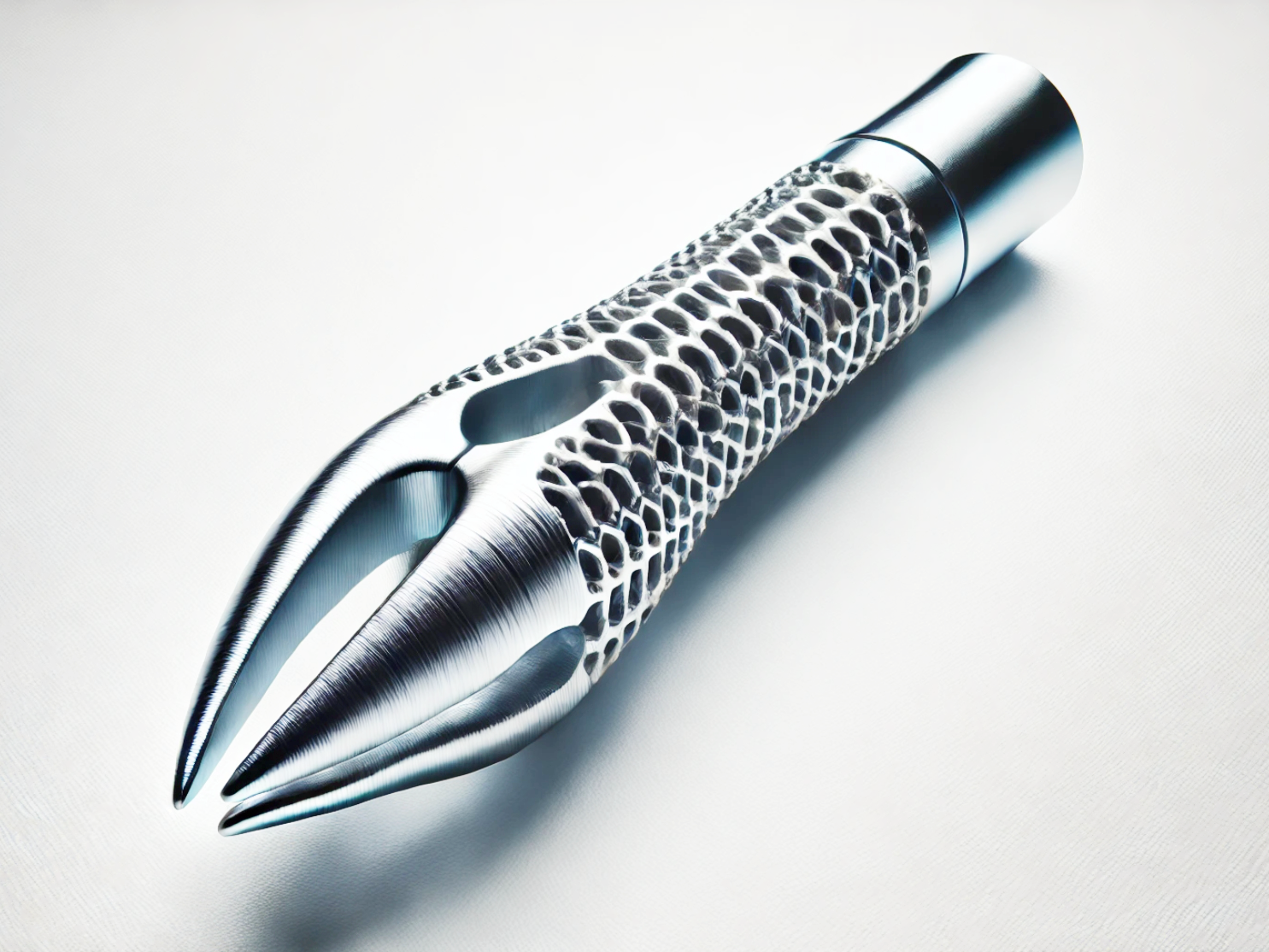Precision Stainless Steel 3D Printing: Custom Surgical Instruments for Medical Applications
Introduction
Precision stainless steel 3D printing empowers the production of highly customized, high-strength surgical instruments tailored to specific medical applications. Using advanced metal 3D printing technologies such as Selective Laser Melting (SLM) and Direct Metal Laser Sintering (DMLS), medical-grade stainless steels like SUS316L and SUS630/17-4PH are used to create surgical tools that offer excellent biocompatibility, corrosion resistance, and mechanical precision.
Compared to conventional machining, stainless steel 3D printing for medical instruments dramatically reduces design-to-production cycles, allows for ergonomic design optimization, and supports rapid prototyping of next-generation surgical tools.
Applicable Material Matrix
Material | Ultimate Tensile Strength (MPa) | Yield Strength (MPa) | Elongation (%) | Biocompatibility | Medical Suitability |
|---|---|---|---|---|---|
570 | 485 | 40% | Excellent | Surgical tools, implants | |
1100 | 1000 | 10% | Good | High-strength surgical devices | |
520 | 220 | 55% | Good | Handles, non-implantable tools |
Material Selection Guide
SUS316L: Most widely used for medical applications, offering excellent corrosion resistance, high ductility, and superior biocompatibility for surgical instruments and temporary implants.
SUS630/17-4PH: Chosen for high-strength surgical tools that require superior mechanical performance under repetitive stress.
SUS304L: Used for non-critical surgical instruments and ergonomic handles where corrosion resistance and manufacturability are prioritized.
Process Performance Matrix
Attribute | Stainless Steel 3D Printing Performance |
|---|---|
Dimensional Accuracy | ±0.05 mm |
Density | >99.5% Theoretical Density |
Layer Thickness | 20–50 μm |
Surface Roughness (As-Printed) | Ra 5–10 μm |
Minimum Feature Size | 0.3–0.5 mm |
Process Selection Guide
Precision and Complexity: 3D printing supports intricate designs such as hollow grips, ergonomic curves, micro-serrations, and integrated articulation mechanisms, enhancing surgical precision and comfort.
Biocompatibility and Sterilization: Stainless steel alloys used are compatible with autoclave, gamma, and chemical sterilization, maintaining long-term instrument performance.
Customization: Tailor instruments based on surgeon-specific ergonomic needs or procedure-specific geometries, enabling faster recovery and better surgical outcomes.
Rapid Prototyping and Production: Reduces the typical development cycle by over 50%, facilitating fast clinical feedback and iterative improvements.
Case In-Depth Analysis: 316L 3D Printed Custom Laparoscopic Instruments
A leading medical device company required lightweight, ergonomic laparoscopic tools with complex internal fluid channels. Using our stainless steel 3D printing service with SUS316L, we fabricated instruments achieving tensile strengths of 570 MPa, 40% elongation, and dimensional accuracies of ±0.05 mm. The final tools were 30% lighter, integrated flushing channels directly into the handle structures, and improved surgeon grip comfort by 25%. Post-processing included CNC machining for critical interfaces, electropolishing for a superior surgical-grade finish, and medical-grade passivation.
Industry Applications
Medical and Healthcare
Custom scalpels, scissors, and clamps.
Endoscopic and laparoscopic surgical instruments.
Orthopedic surgical tools such as drill guides and bone saws.
Custom ergonomic surgical grips and handles.
Dental and Maxillofacial
Precision dental surgery tools and orthodontic appliances.
Custom surgical trays and fixation systems.
Veterinary Surgical Tools
Specialized instruments for animal surgeries requiring high strength and durability.
Mainstream 3D Printing Technology Types for Stainless Steel Medical Parts
Selective Laser Melting (SLM): High-precision surgical instruments with complex internal features and optimized mass.
Direct Metal Laser Sintering (DMLS): Ideal for intricate small surgical tools and custom medical instruments with tight tolerances.
Binder Jetting: Suitable for producing larger batches of medical components at lower cost, followed by sintering and HIP treatment.
FAQs
Why is stainless steel 316L the preferred material for 3D printed surgical instruments?
How does stainless steel 3D printing improve surgical instrument design and performance?
What surface finishing options are available for 3D printed medical instruments?
How does 3D printing reduce lead time for new surgical instrument development?
Are 3D printed stainless steel instruments compatible with standard sterilization methods?

